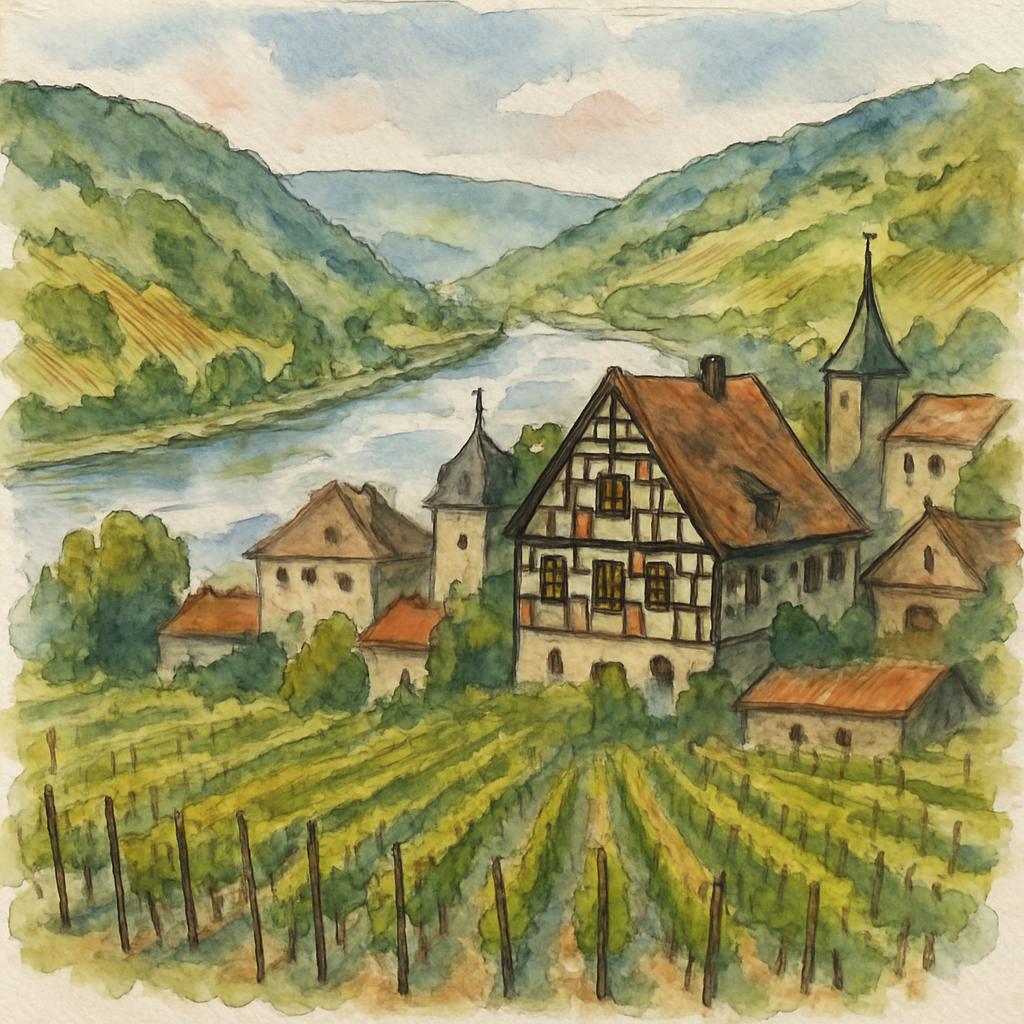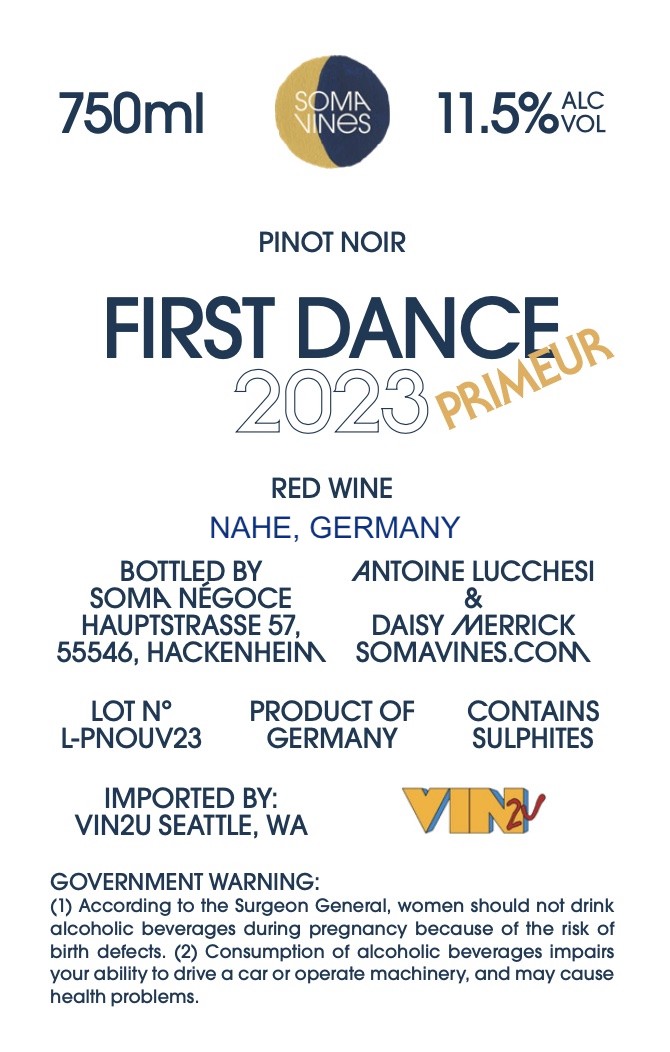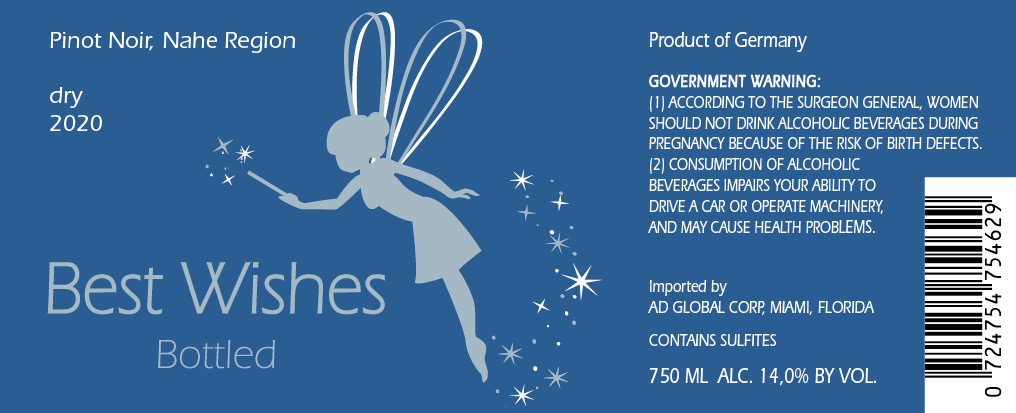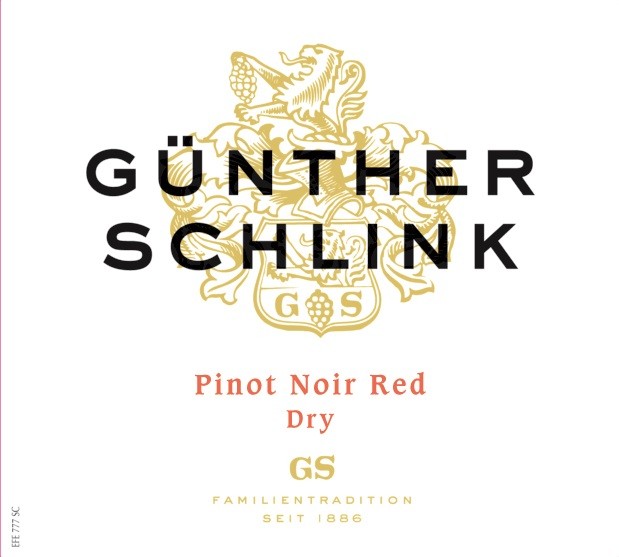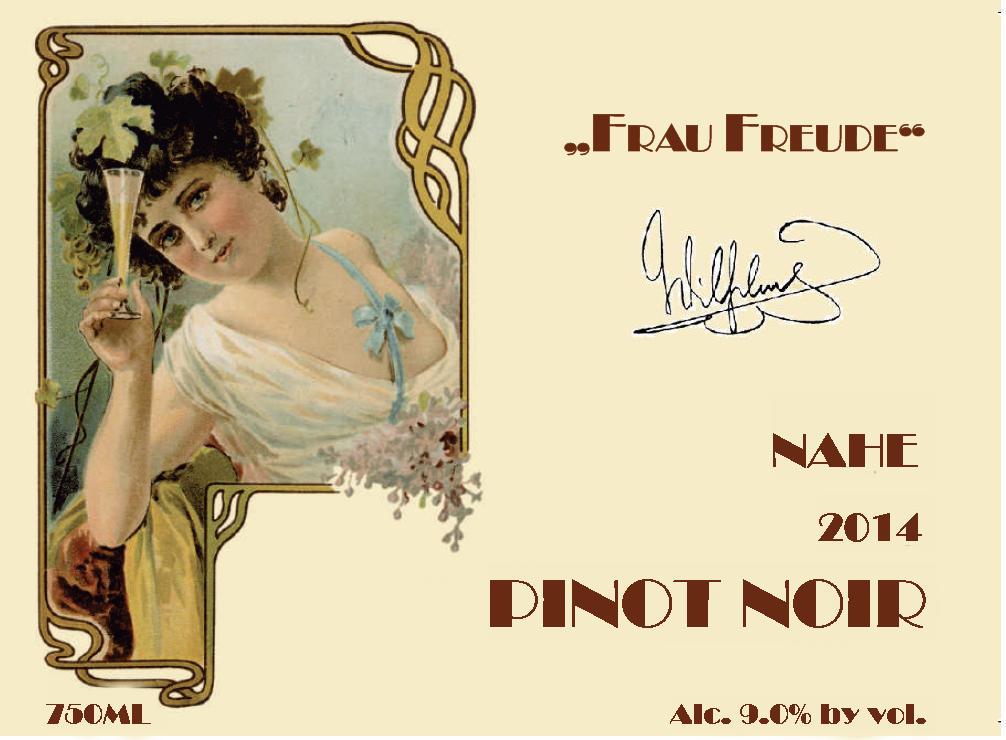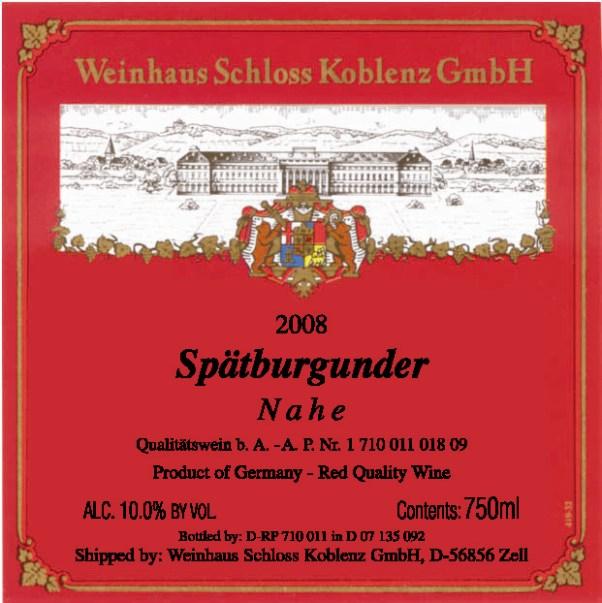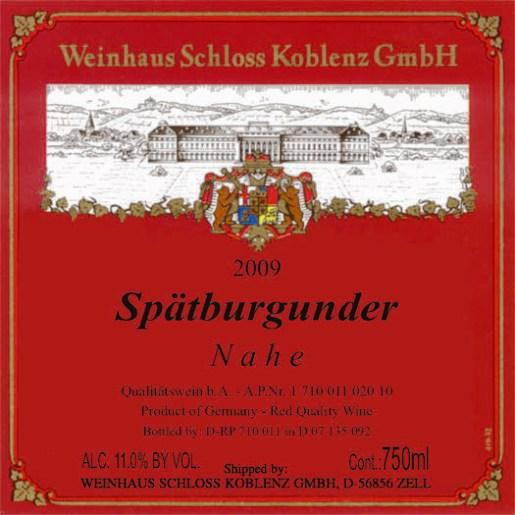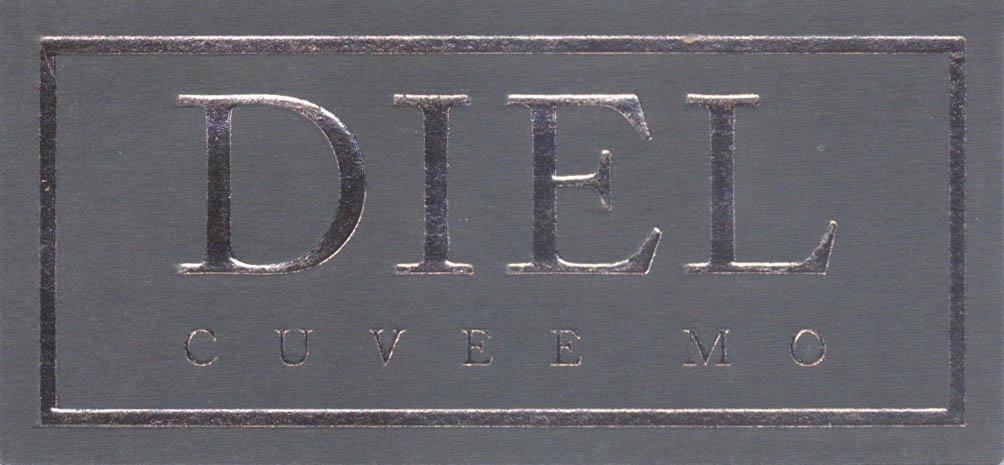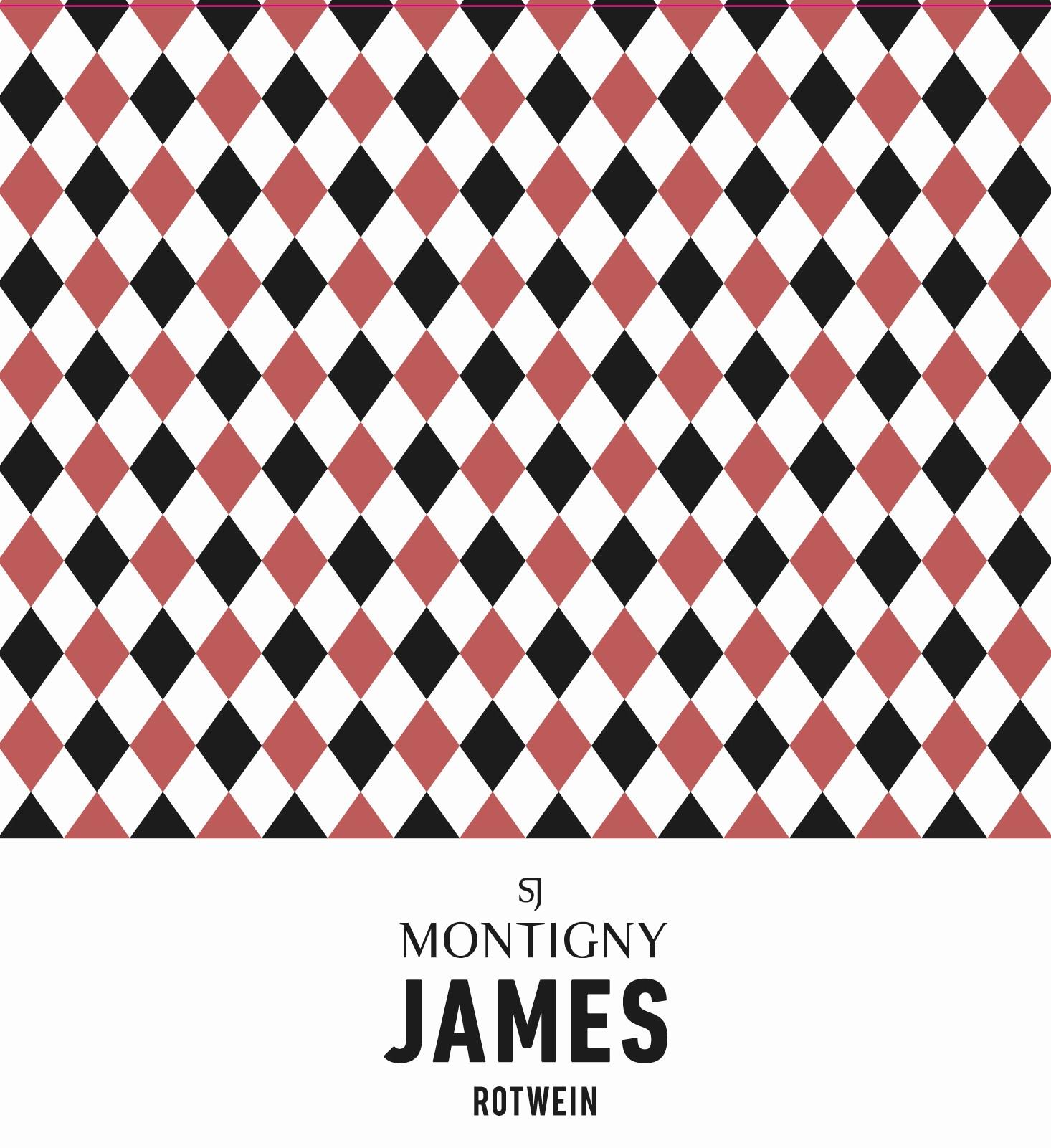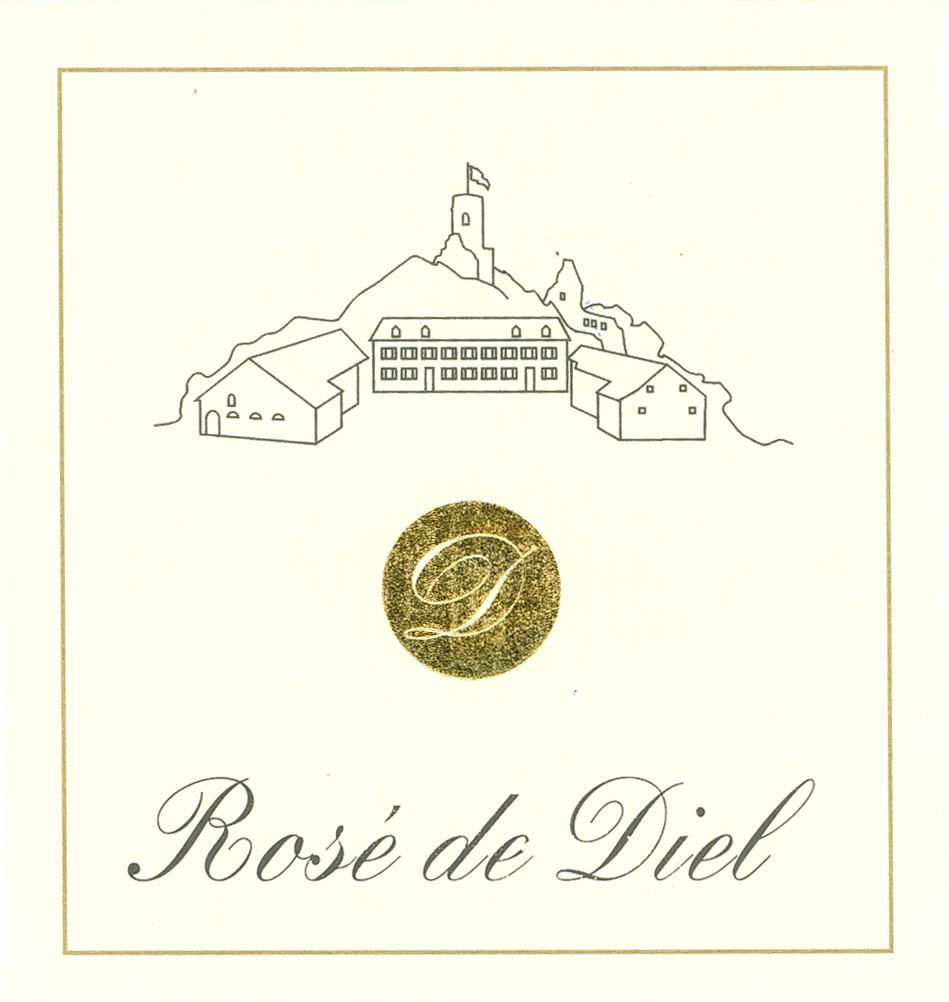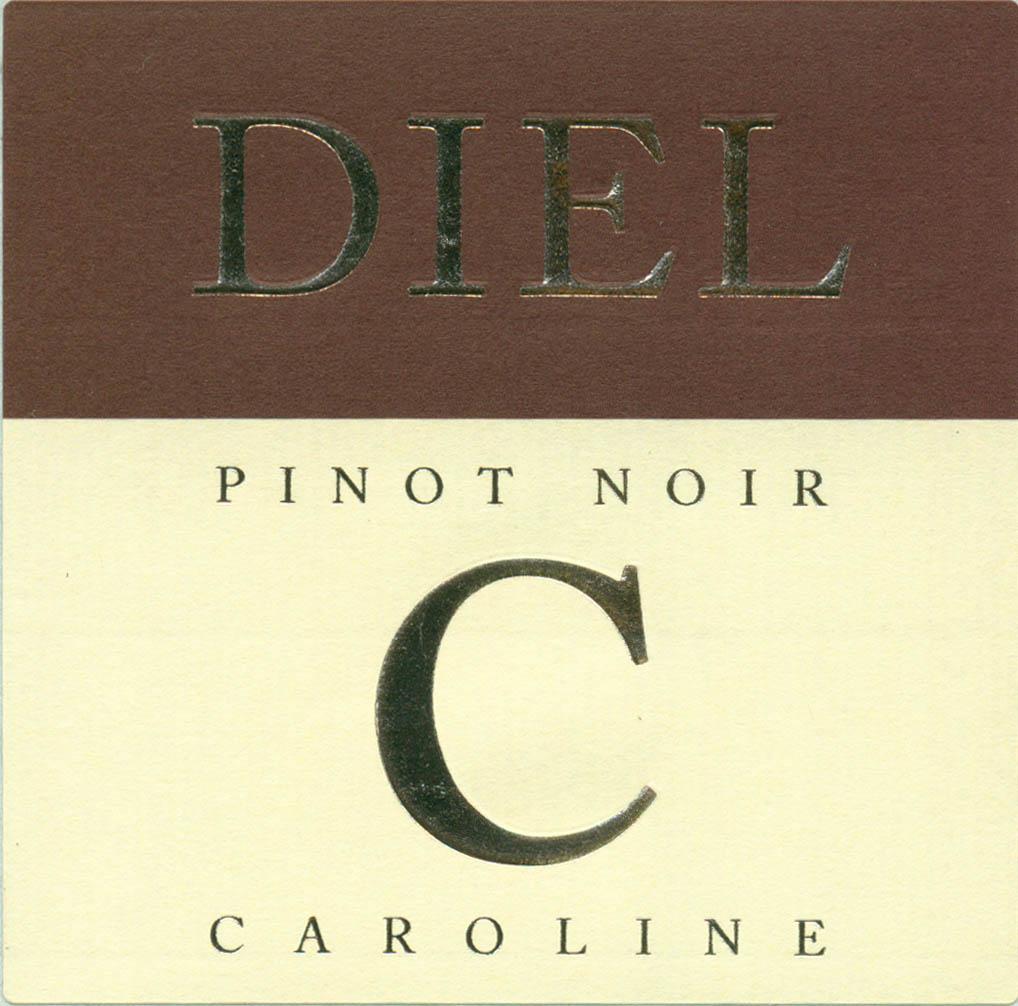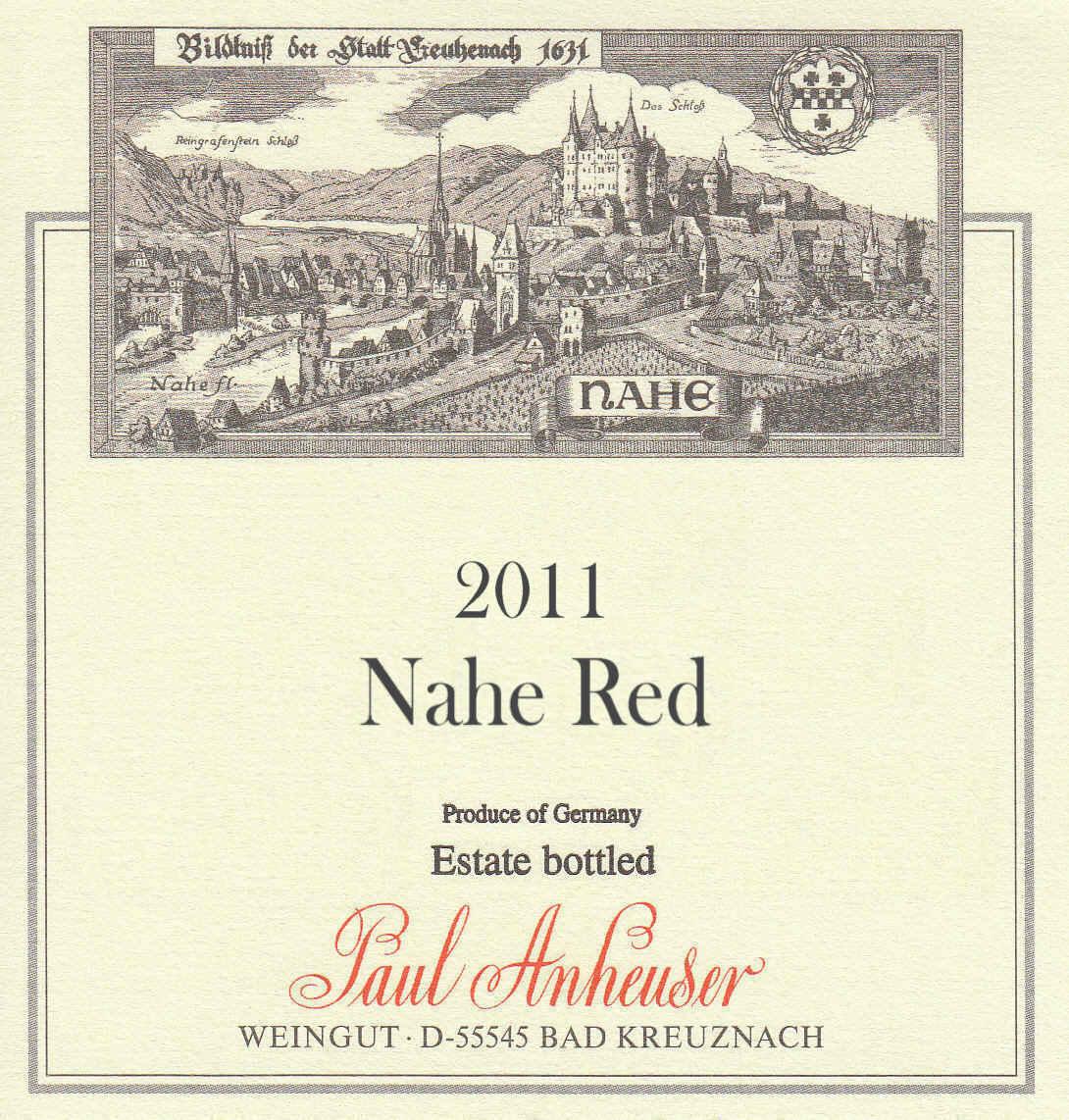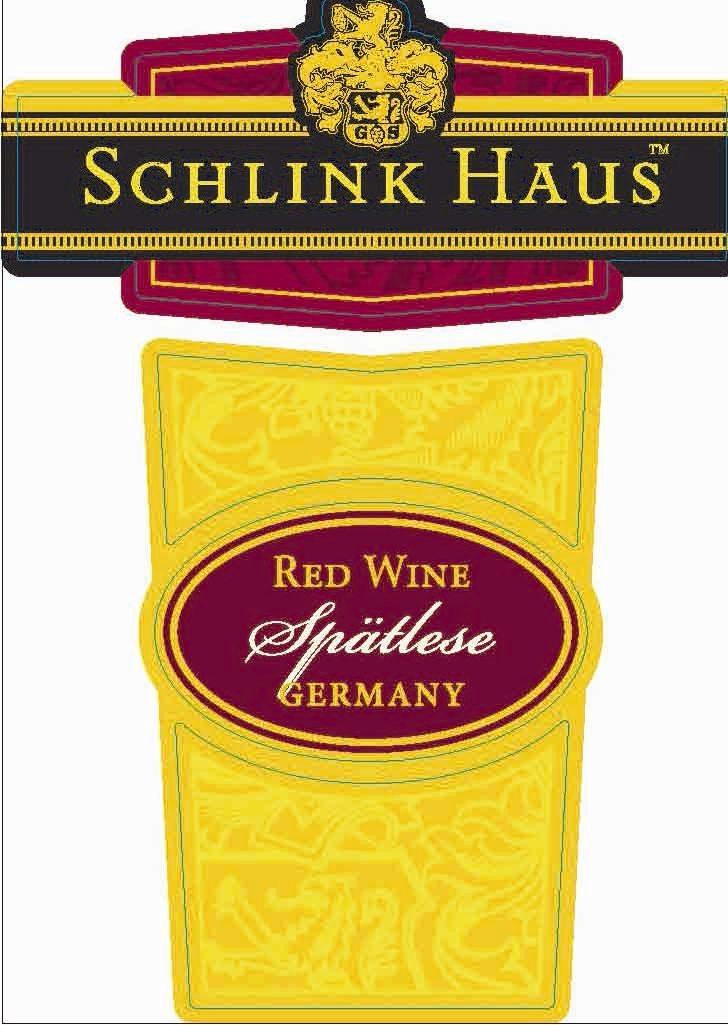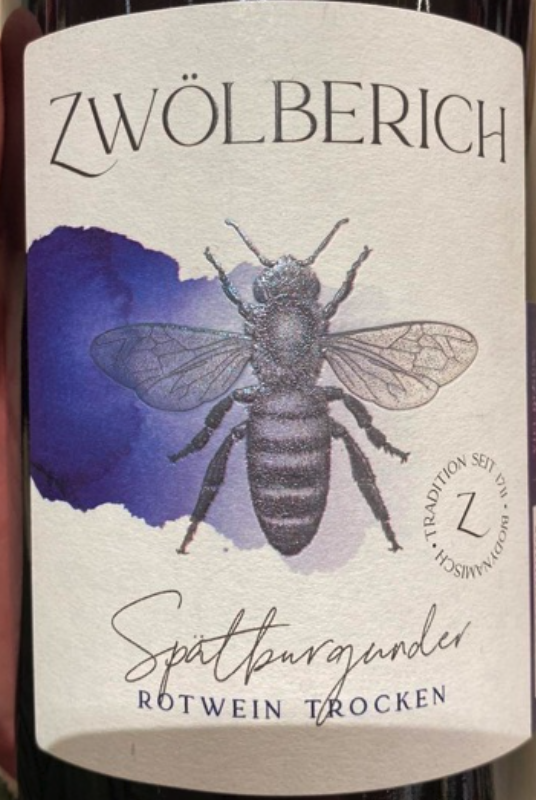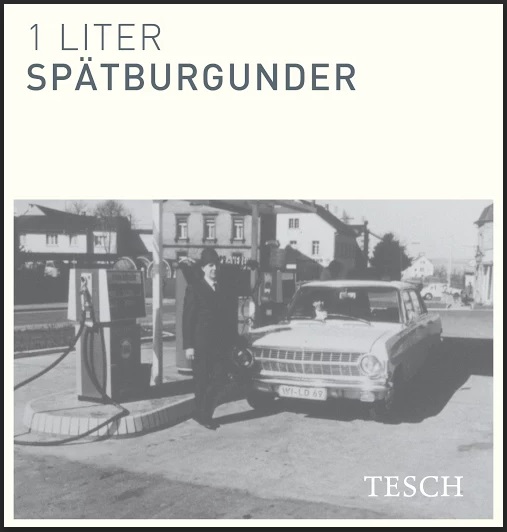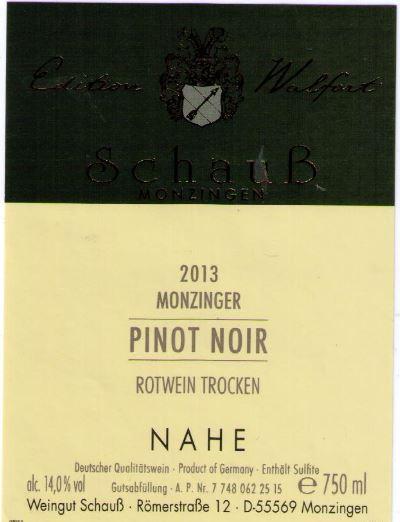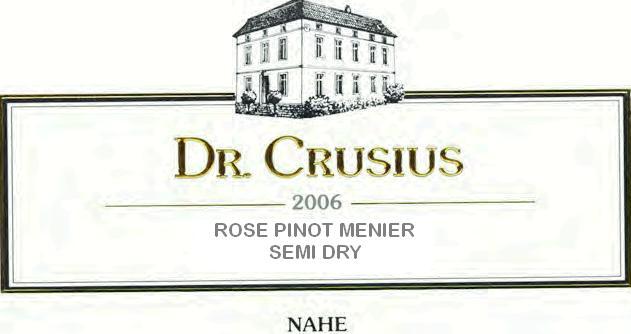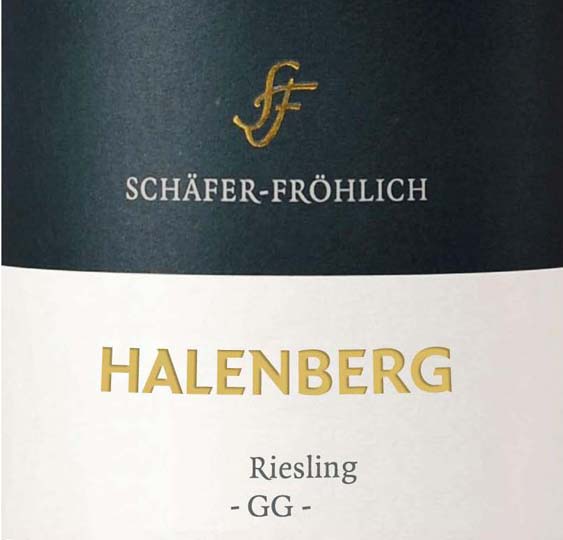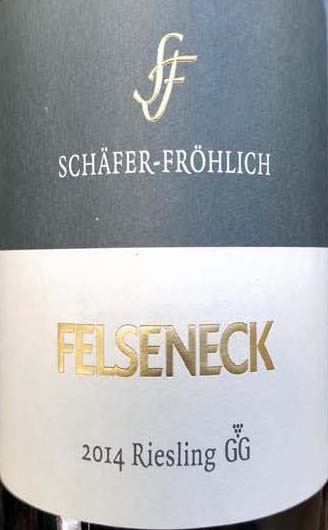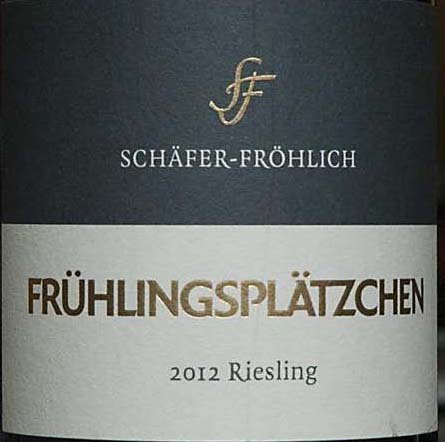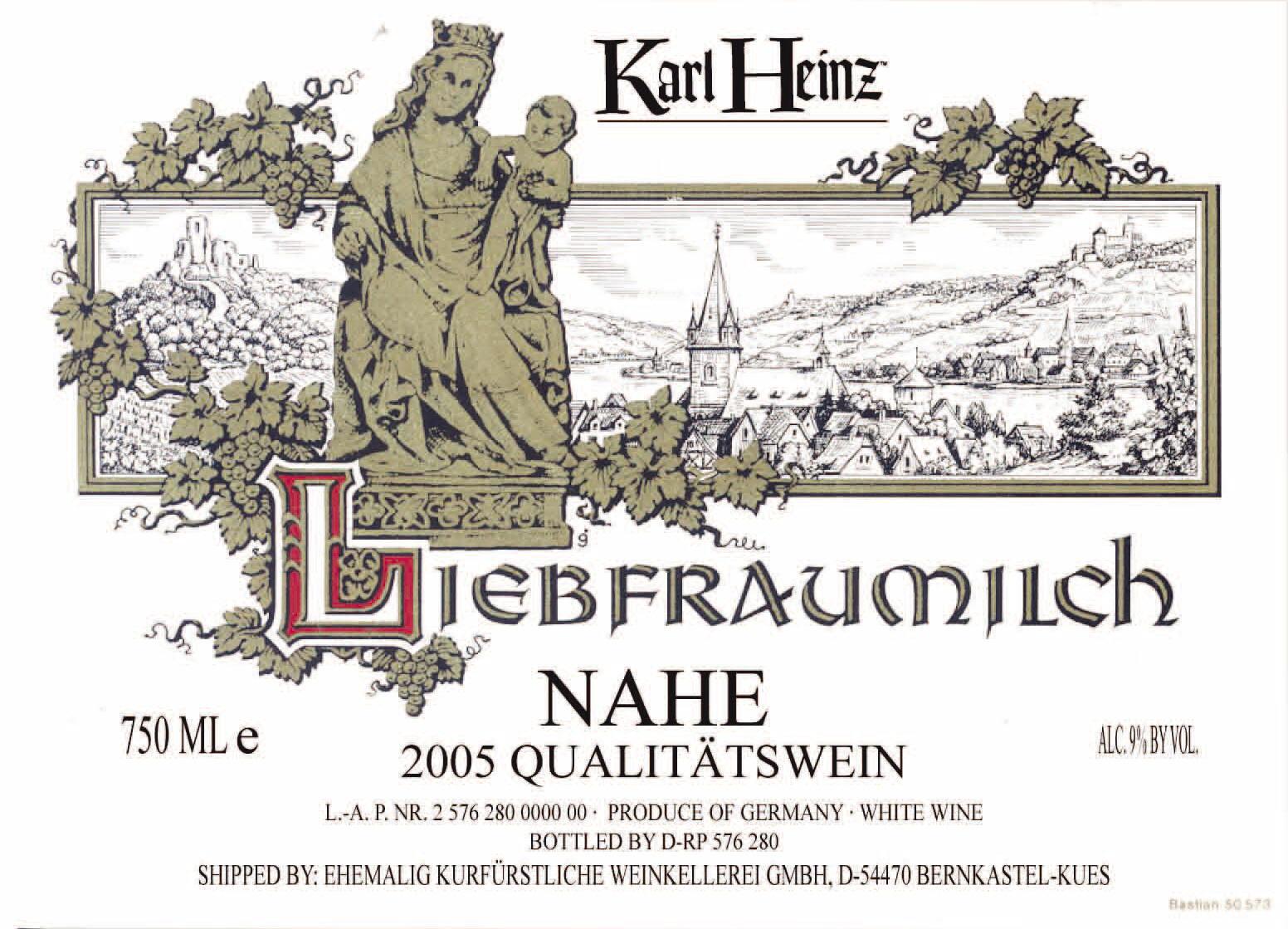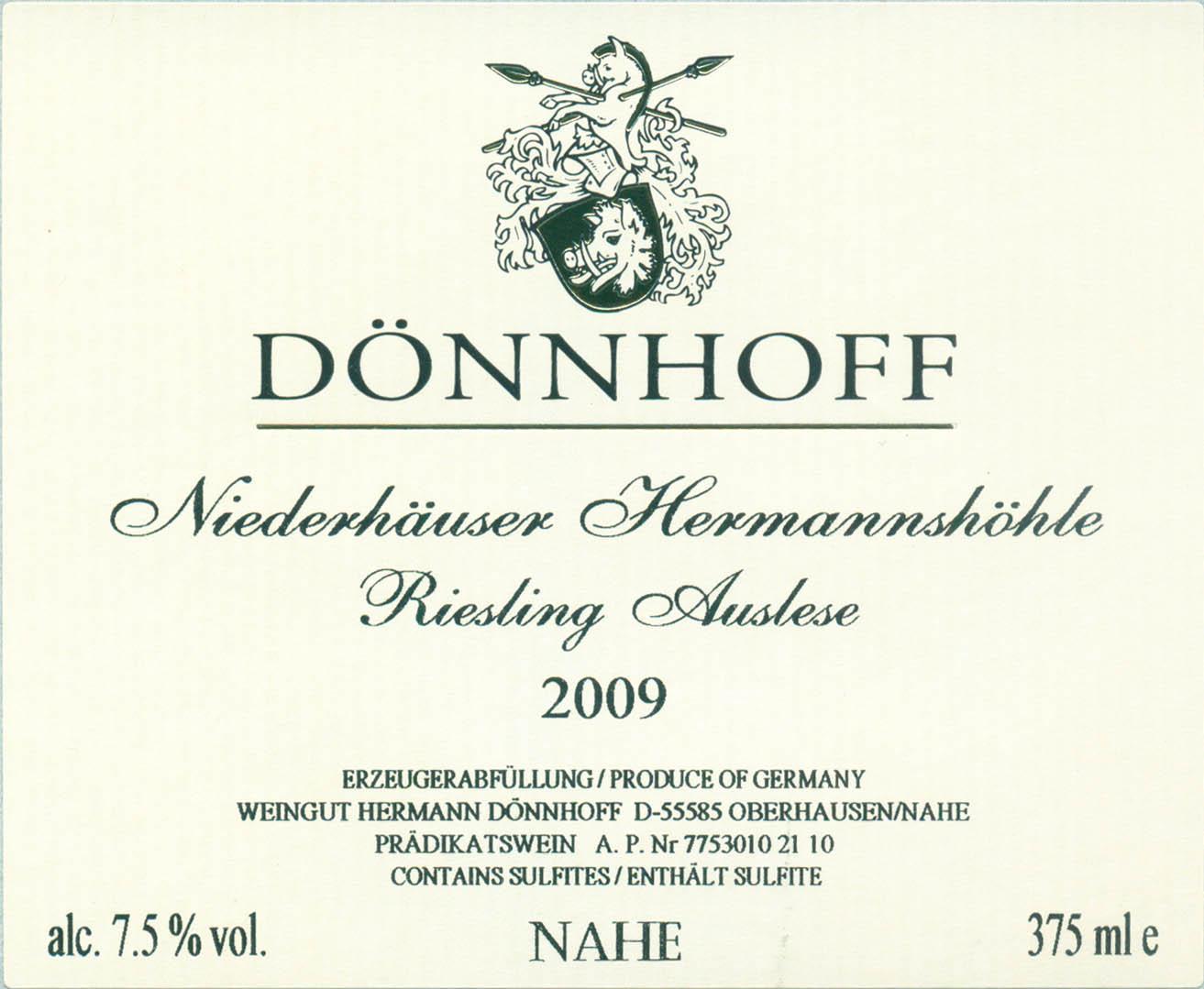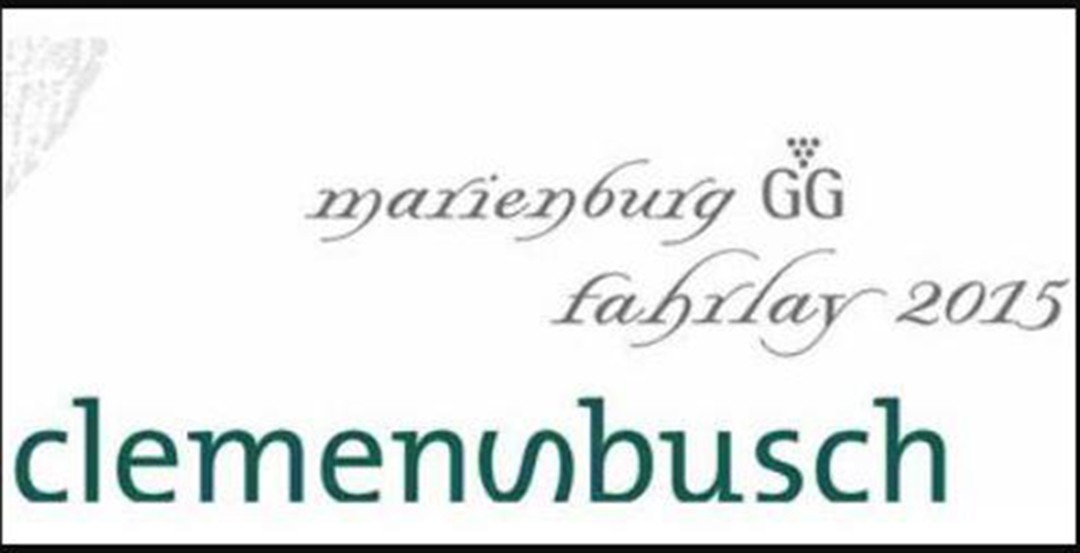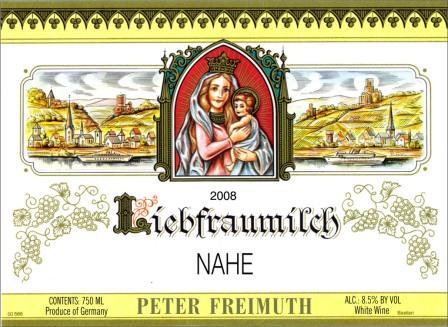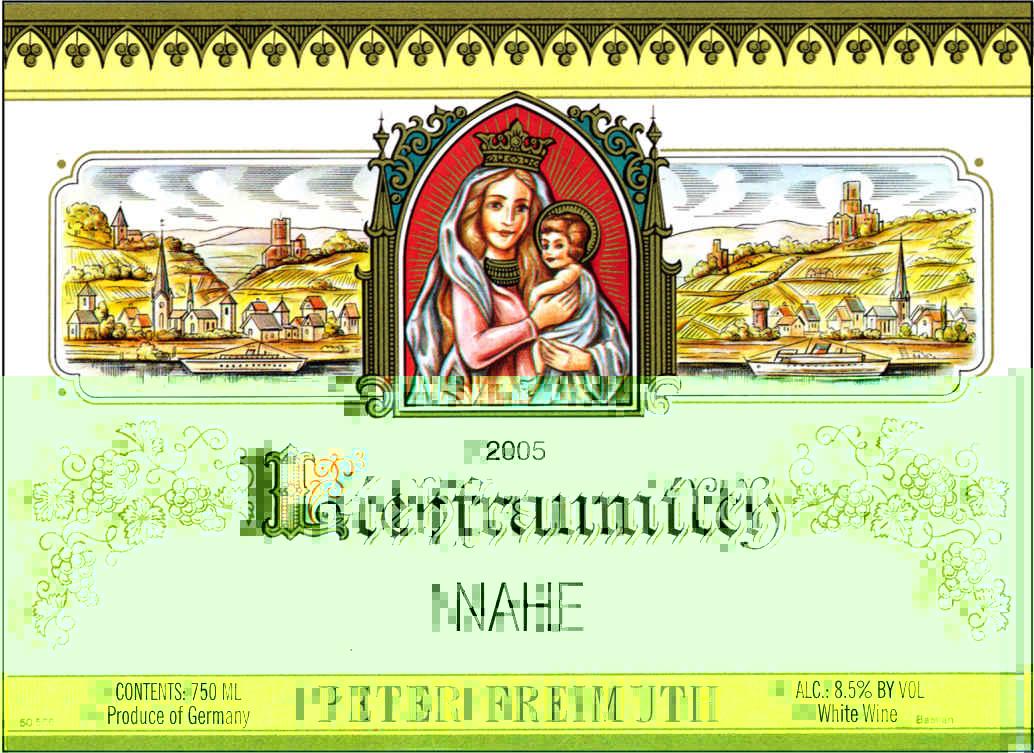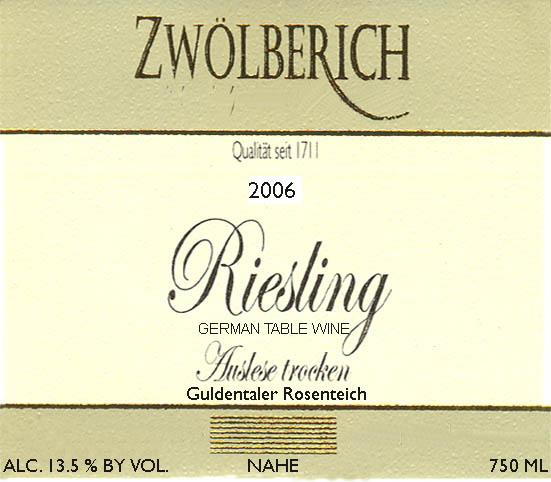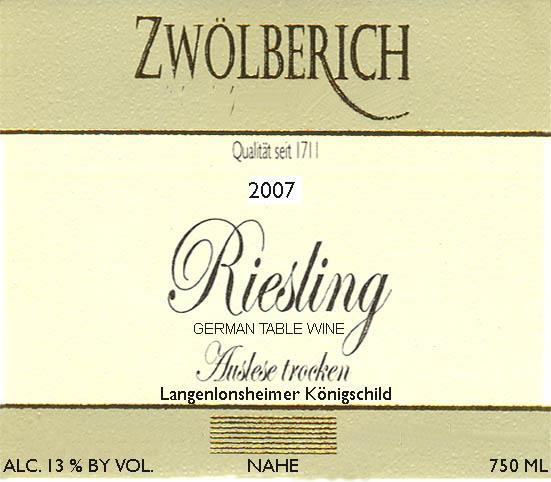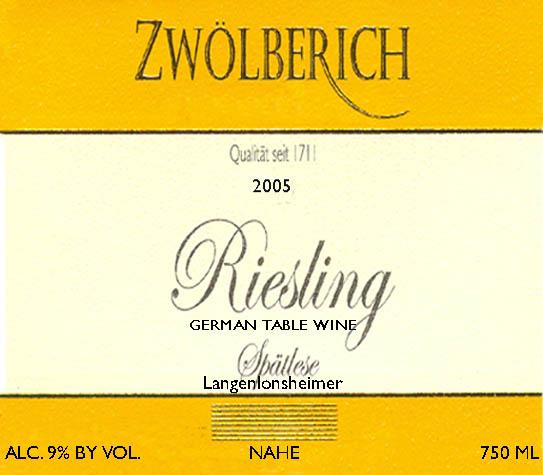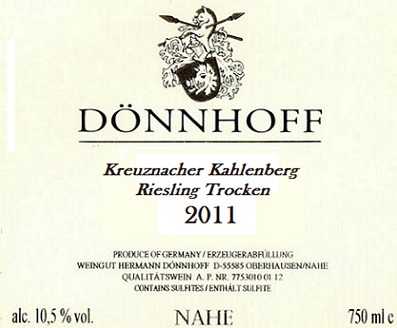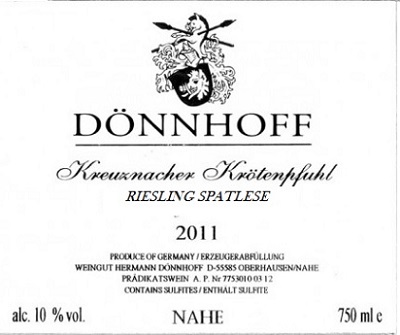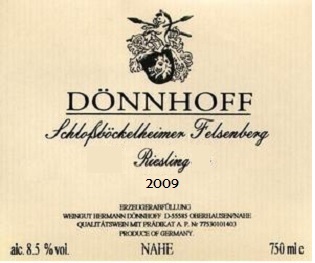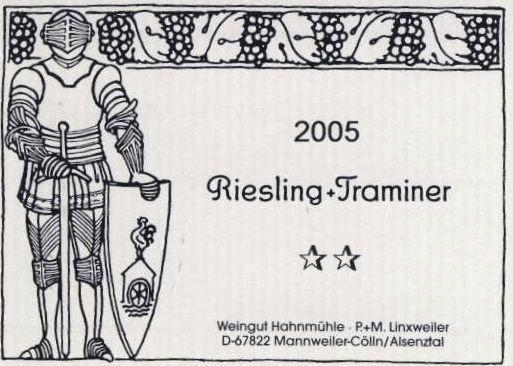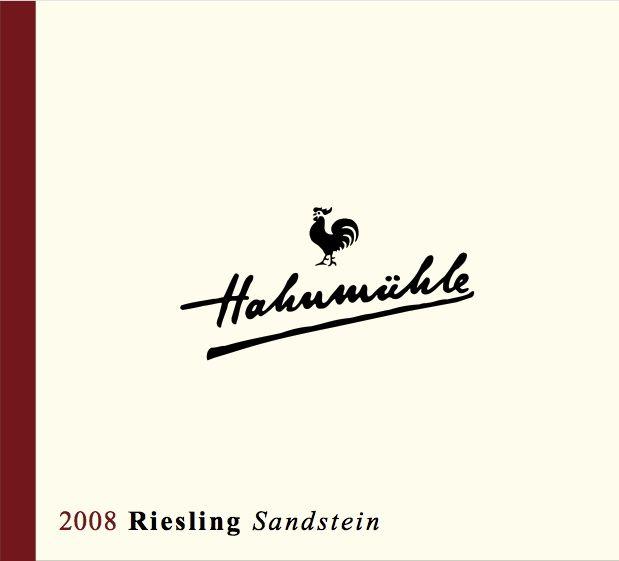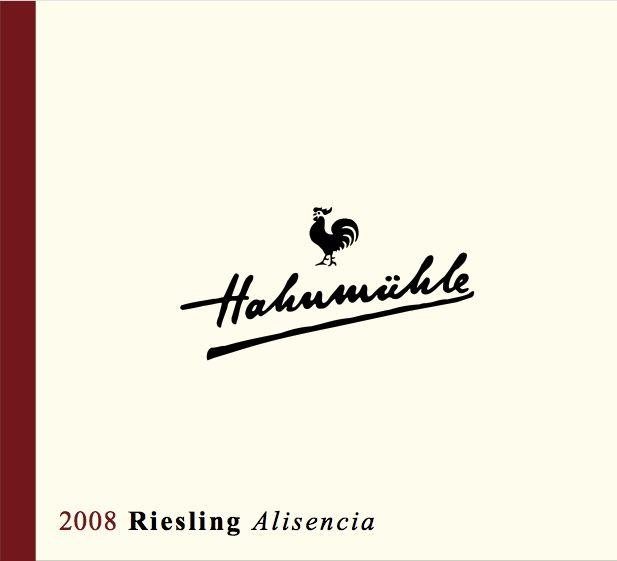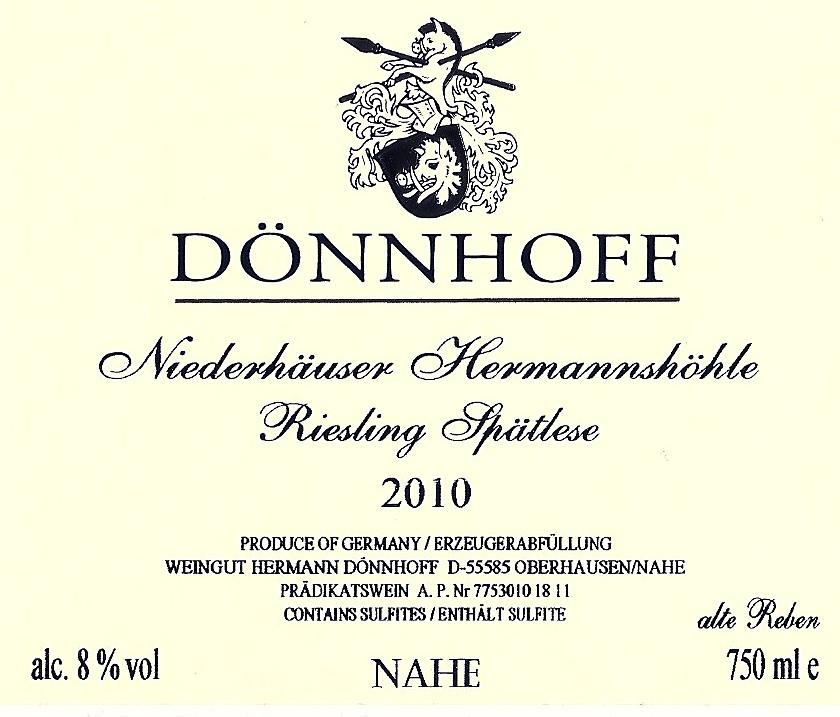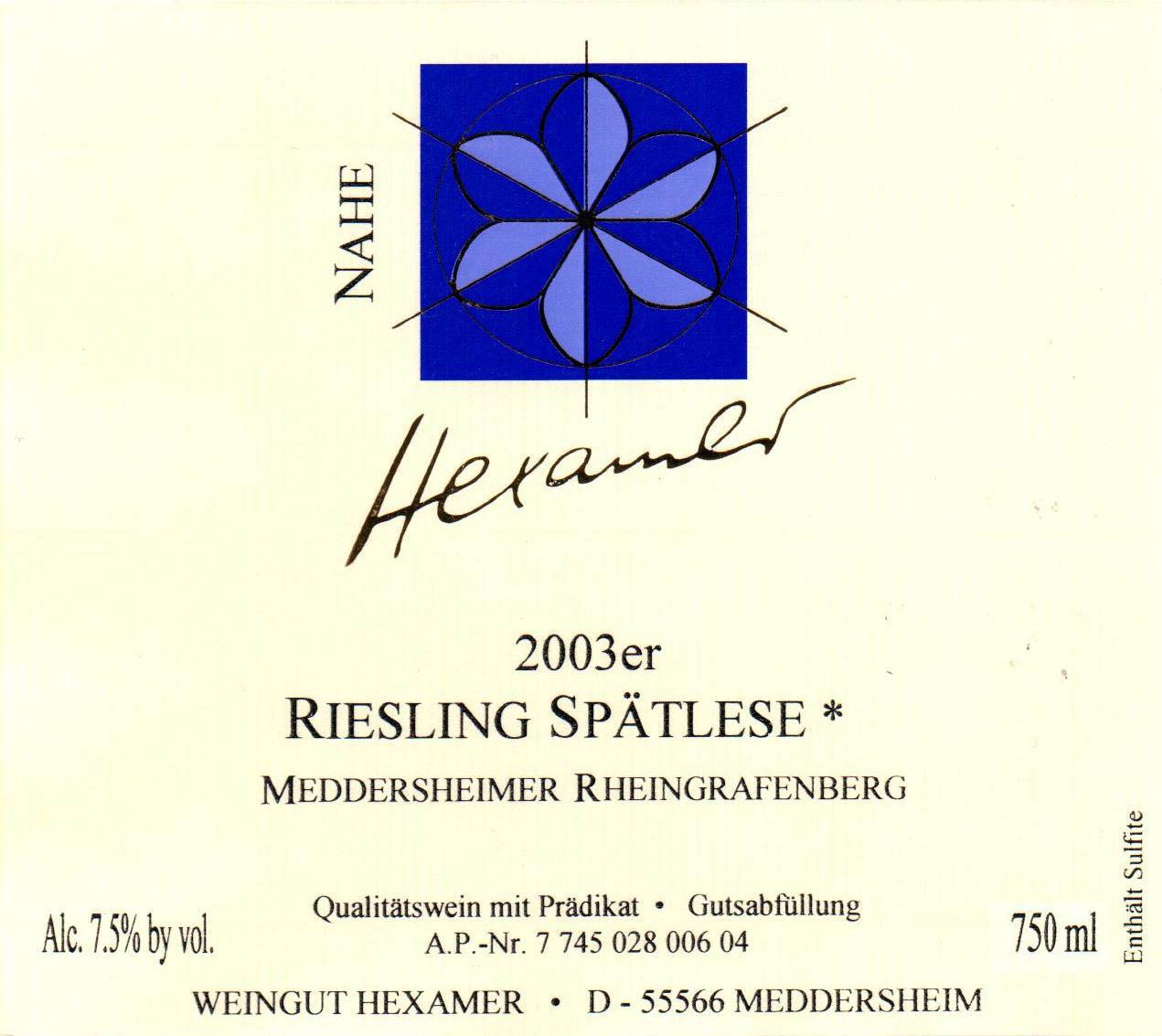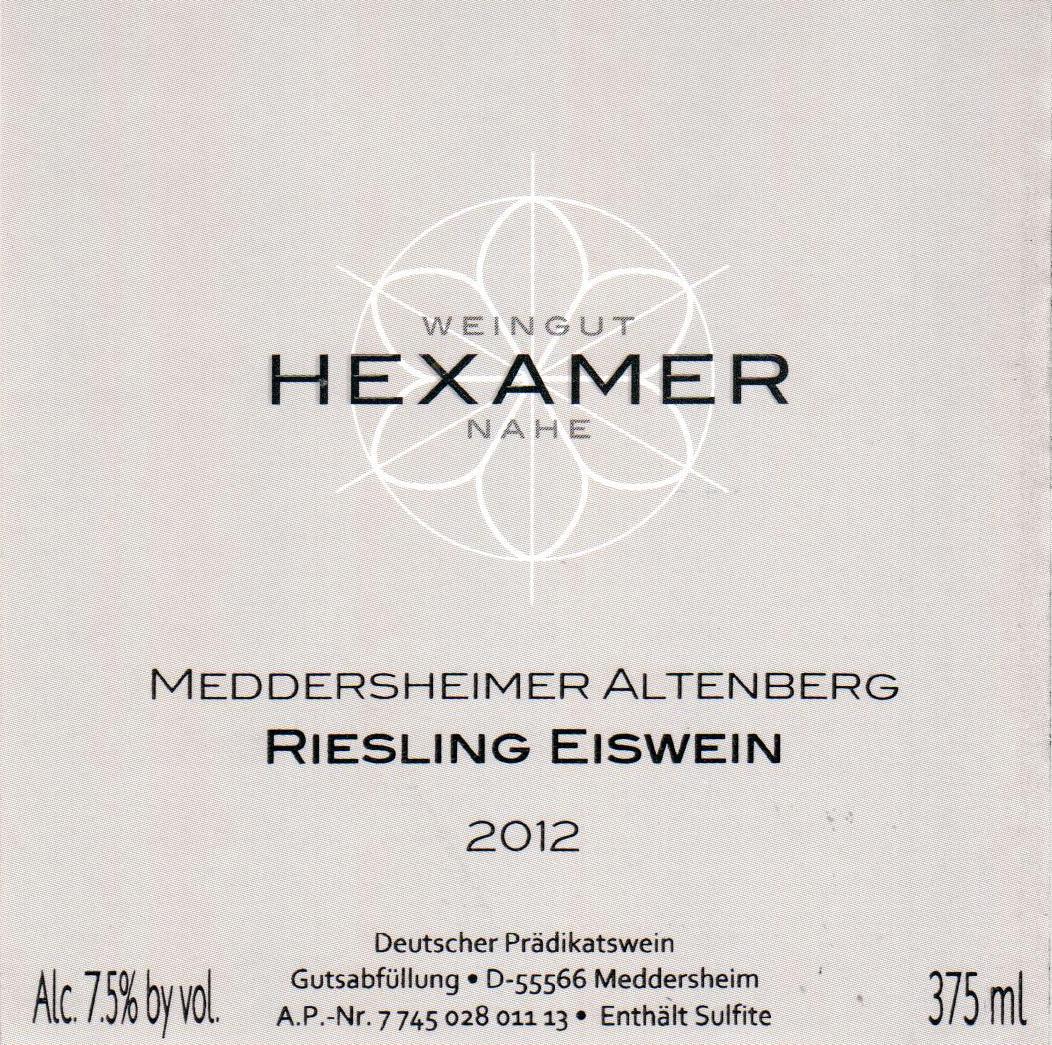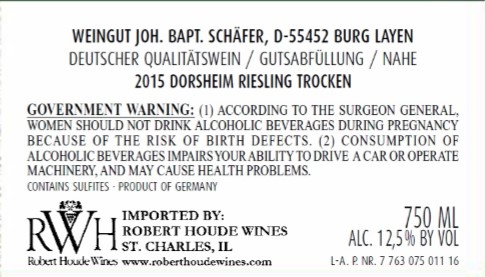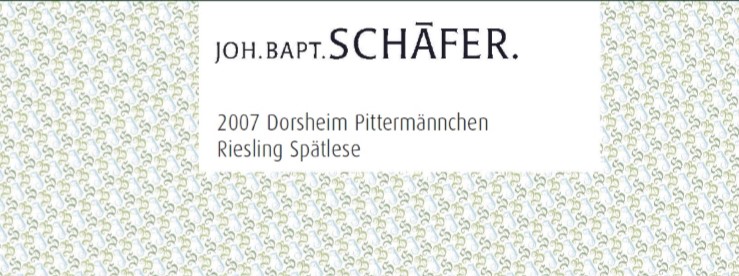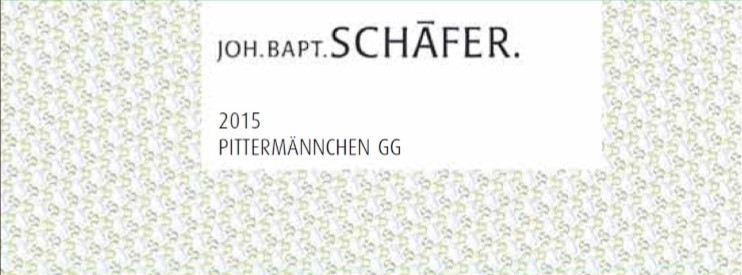Terroir of the Nahe
The Nahe region has a varied landscape that affects its wine-making. In the Upper Nahe, around Schlossböckelheim, you find steep terraces made of weathered Devonian slate, volcanic porphyry, and quartzite. These south- and west-facing slopes are perfect for Rieslings with a spicy mineral taste. In the Lower Nahe, the soil changes to loam, loess, and sandy clay, which is great for fuller-bodied white wines.
The climate is moderately continental with warm summers, low rainfall, and cool winters. The Nahe River helps moderate the temperature, extending the growing season. The different elevations and directions create unique microclimates, from sheltered valleys to windy hilltops. This variety lets grape growers match grape types with the best spots, giving Nahe's wines a unique character.
Notable Wineries in the Nahe
The Nahe region, nestled in Germany's picturesque Rhineland-Palatinate, is home to some remarkable family-run wineries that excel in crafting site-specific Riesling. Notable among these are:
-
Weingut Dönnhoff: Situated in Oberhausen, this winery is renowned globally for its precise and profound single-vineyard Rieslings.
-
Weingut Schäfer-Fröhlich: Located in Bockenau, it produces concentrated and powerful Rieslings, particularly from steep sites like Halenberg and Felseneck in Monzingen.
-
Weingut Emrich-Schönleber: Based in Monzingen, it is famed for its pure and elegant wines from steep, rocky slopes.
These exceptional producers, along with other quality-driven vintners, have been pivotal in revitalizing the Nahe's reputation as a hub for high-quality, distinctive wines.
Sustainable Winemaking in the Nahe
The Nahe region in Germany is embracing sustainability as a cornerstone of its winemaking practices. Winemakers here are increasingly turning to organic and biodynamic methods to protect the region's delicate hillsides and diverse microclimates. By implementing cover crops and reducing soil disruption, they aim to prevent erosion and maintain the natural balance of the ecosystem.
Efforts extend into the wineries too, where there's a move towards using energy-saving equipment and gentle processing techniques. Some producers are adopting renewable energy, water recycling, and lighter packaging to minimize their environmental footprint. These practices are not just about eco-friendliness but also about producing high-quality wines that truly reflect the unique terroir of the Nahe.
Wine Tourism in the Nahe
Nahe's wine tourism beautifully intertwines scenic landscapes with wine culture. Visitors can explore charming villages like Niederhausen and Bad Münster am Stein, connected by the Nahe Cycleway and hiking paths. These routes offer stunning views of vineyards and landmarks such as the Rotenfels cliff.
Local festivals and open-cellar events provide opportunities to sample the region's vibrant wines, from Rieslings with mineral tension to rich Pinot Noirs. Many vineyards welcome guests in cozy taverns or modern tasting rooms that overlook the valley.
The region's cultural richness is further enhanced by historical sites like Burg Wartenstein. Nahe's relaxed atmosphere and proximity to the Rhine make it an inviting detour for wine enthusiasts keen to experience both its natural beauty and the craftsmanship behind its wines.
